In a remarkable display of medical innovation, Professor Zhang Xu recently achieved a groundbreaking milestone in the realm of telemedicine by conducting a remote surgery spanning 8,000 kilometers from Rome to Beijing.
The event, which took place during a medical conference in Italy, showcased the capabilities of telemedicine to transcend geographical barriers in healthcare. Using advanced technology, Professor Zhang operated on a patient in Beijing from a remote location in Rome, employing a surgical console to control robotic arms with exceptional precision. The procedure involved the delicate task of removing a lesion from the patient’s prostate.
Telemedicine, which allows doctors to deliver medical care remotely through technology, has long been seen as a promising solution to disparities in healthcare access. Professor Zhang’s successful surgery highlighted the potential of telemedicine to provide specialized medical interventions to patients regardless of their location.
Key to the success of this remote surgery was the minimal latency of just 135 milliseconds, significantly lower than the standard 200 milliseconds required for telesurgery. This near real-time responsiveness ensured that the surgical procedure was conducted with almost the same level of accuracy and smoothness as if Professor Zhang had been physically present in the operating room.
Commenting on the achievement, Professor Zhang emphasized the seamless execution of the surgery, stating, “During today’s surgery, there was almost no delay, and it was almost the same as an on-site surgery.” His words underscored the transformative potential of telemedicine in enhancing access to high-quality healthcare across vast distances.
This milestone in telemedicine not only marks a significant advancement in medical technology but also opens doors to a future where remote surgeries could become routine, thereby expanding access to specialized medical expertise worldwide. As technology continues to evolve, telemedicine stands poised to play a pivotal role in democratizing healthcare and narrowing the gap in medical resource distribution on a global scale.

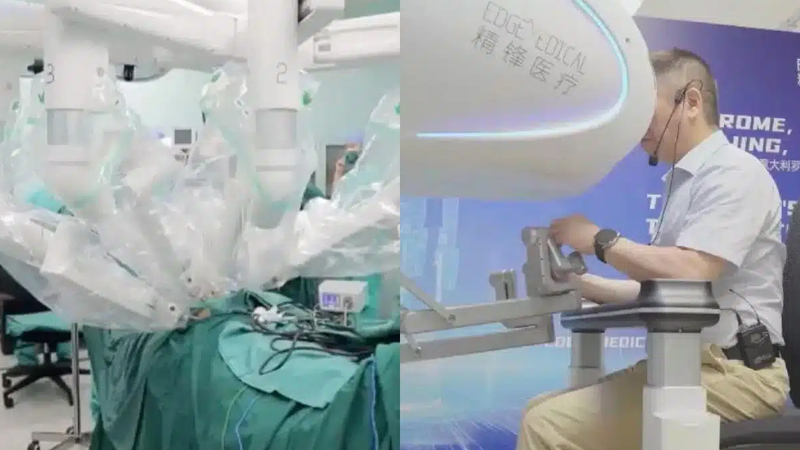

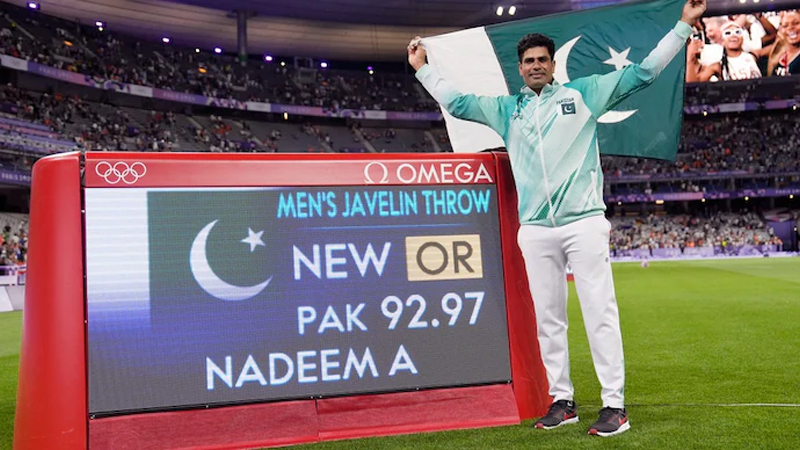
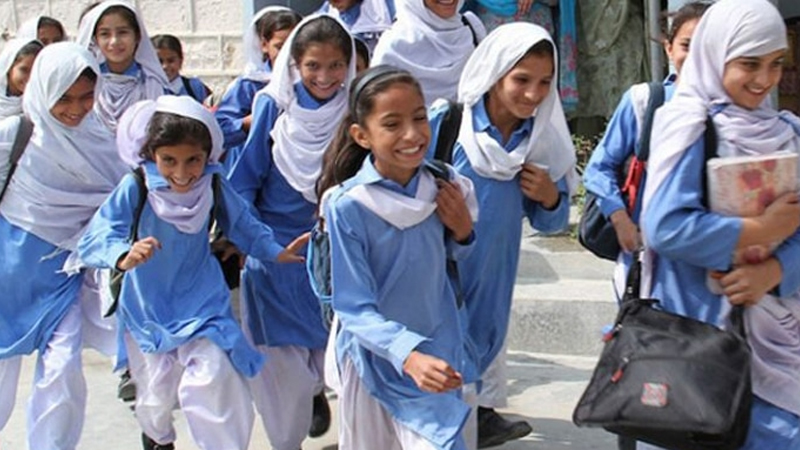
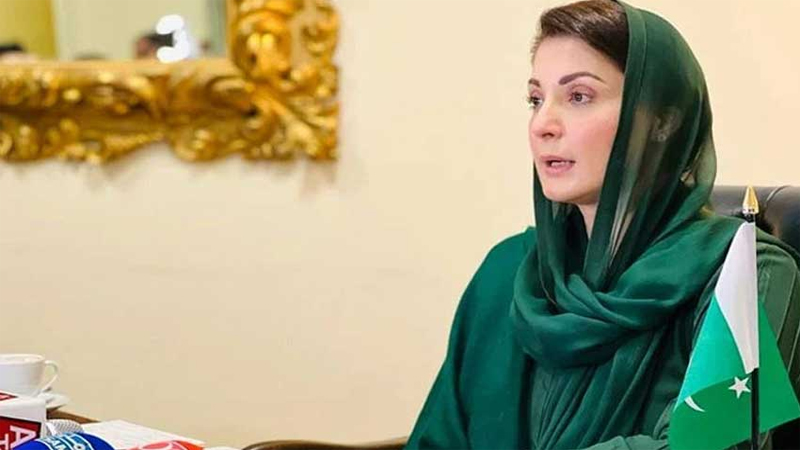


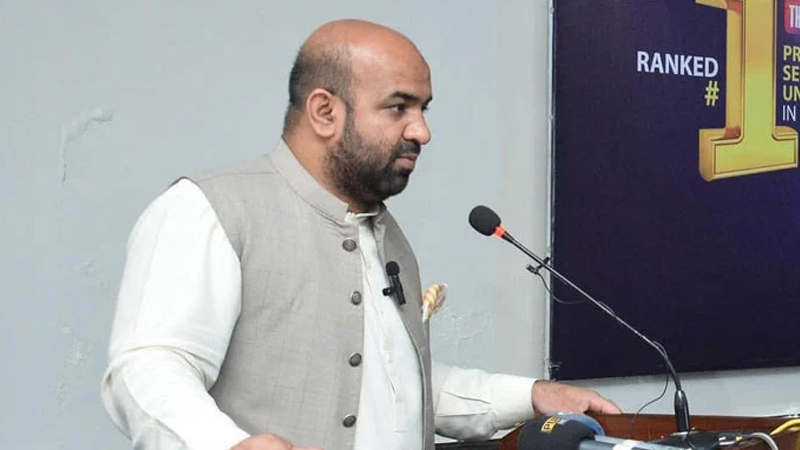

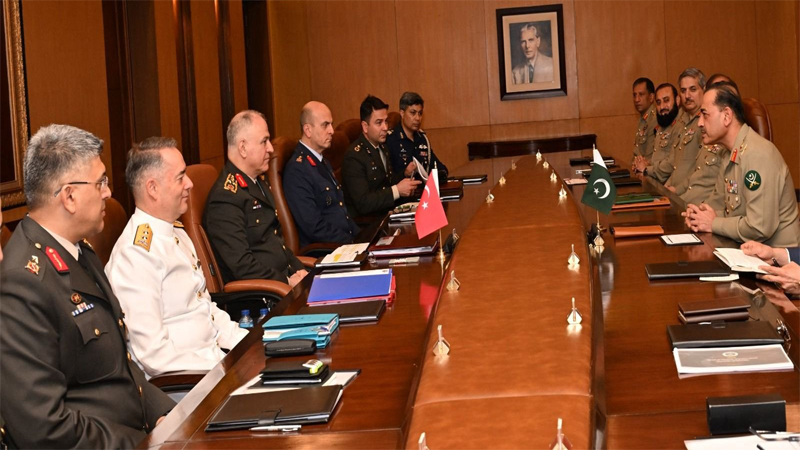
Leave a Reply